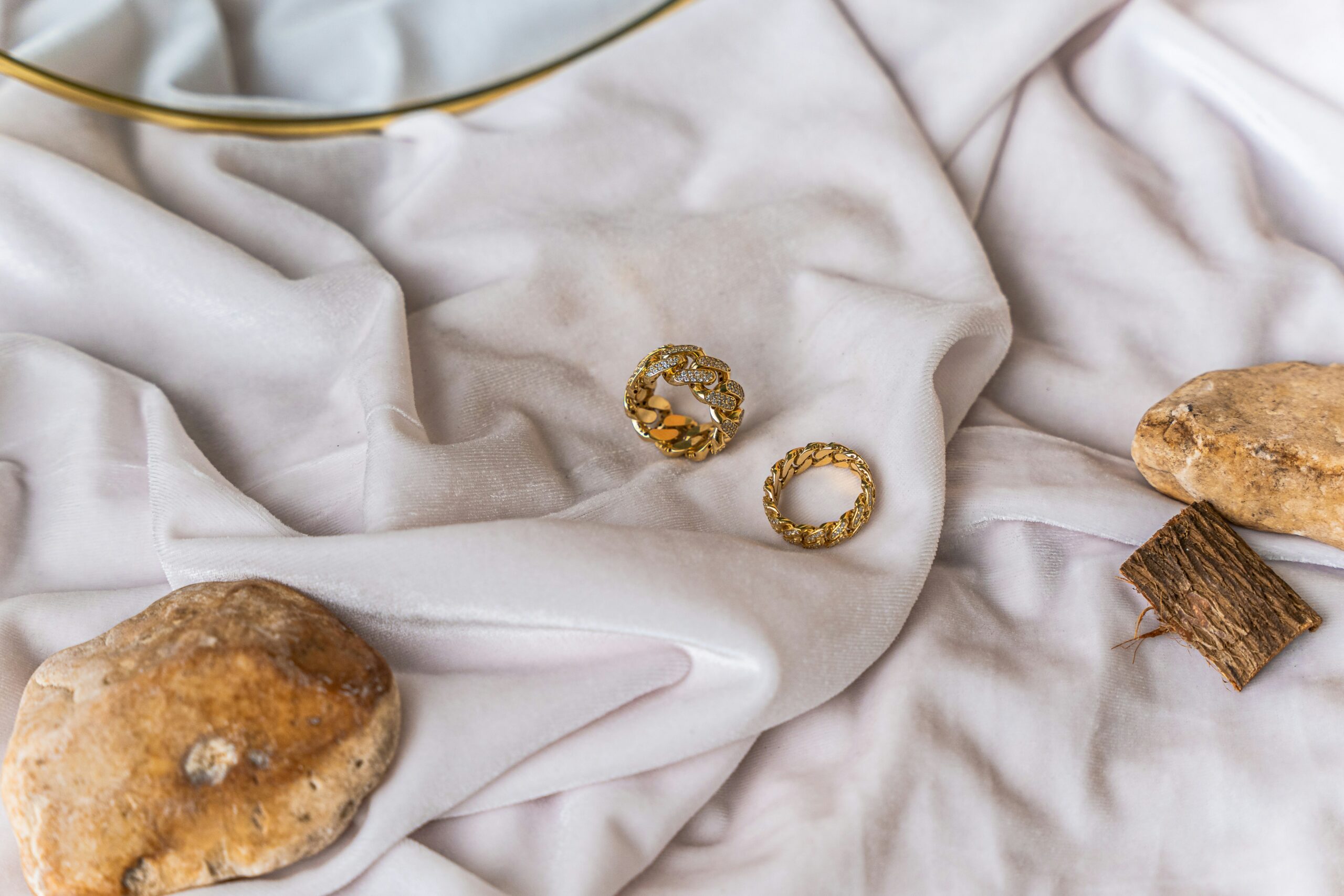The Enduring Symbolism of Gold Jewelry: Cultural Significance Across Civilizations
For thousands of years, gold has held humanity spellbound. This luminous metal has crossed every border, bridged every cultural divide, and captured hearts across continents to become one of our most treasured materials. From the pharaohs of ancient Egypt to today’s style mavens, gold jewelry has always meant something deeper than simple decoration. It carries within its gleaming surface the weight of wealth, power, spirituality, and tradition in ways that few materials ever could. Join us as we trace gold’s remarkable journey through human history and uncover why this precious metal continues to resonate so powerfully in our modern world.
The Ancient Origins of Gold Jewelry
Gold’s story begins where civilization itself took root. Archaeological discoveries show us that ancient Egyptians were already creating elaborate gold ornaments by 4000 BCE, believing the metal to be nothing less than the flesh of the gods and a gateway to eternal life. Consider Tutankhamun’s breathtaking burial mask—its exquisite gold workmanship stands as testament to how ancient craftsmen transformed metalworking into high art.
Across the ancient world, from Mesopotamia to the Indus Valley, gold commanded the same reverence. These early societies mastered intricate techniques like granulation and filigree that would impress even today’s finest jewelers. Much like the enduring appeal of real gold rings today, these creations weren’t just decorative—they symbolized status, belief, and the desire to leave something timeless behind. Gold’s unique resistance to tarnish and decay made it the perfect medium for creating enduring symbols of divine favor and worldly authority.
What strikes historians most is how these distant civilizations, with no contact between them, independently arrived at strikingly similar meanings for gold. Its warm, radiant hue naturally evoked the sun’s life-giving power, while its unchanging nature spoke to dreams of immortality and divine blessing.
Gold as a Marker of Status and Power
As societies grew more complex, gold evolved into the ultimate status symbol. In ancient Greece and Rome, rigid social codes dictated exactly who could wear which types of gold jewelry. Roman law went so far as to restrict gold ownership by class—imagine having fashion police with actual legal authority!
Greeks and Romans transformed gold rings into multifunctional statements, using them as signet rings that bore family emblems or official seals. These pieces served practical needs while announcing their wearer’s place in society. The weight, purity, and artistry of gold jewelry became a sophisticated visual language that could communicate status across a bustling forum or grand banquet.
This wasn’t merely a Mediterranean phenomenon. From Celtic warriors to Chinese dynasties, cultures worldwide recognized gold jewelry as a universal dialect of power and prosperity.
Spiritual and Ceremonial Roles of Gold
Gold’s spiritual significance reaches perhaps its most profound expression in the religious traditions of diverse cultures. The Incas and Aztecs revered gold as tears shed by the sun god himself, weaving it into their most sacred ceremonies and offerings. When Spanish conquistadors first witnessed the staggering quantities of gold in these civilizations, they were seeing millennia of spiritual devotion made manifest.
Hindu and Buddhist cultures embrace gold as the embodiment of purity and abundance. Indian wedding ceremonies showcase elaborate gold jewelry that represents far more than material wealth—each piece carries blessings for fertility, joy, and protection from harm. The intricate patterns often feature sacred symbols and prayers, transforming personal adornment into spiritual protection.
Throughout Africa, gold has played central roles in ceremonial life, from the renowned gold weights of the Akan people to the magnificent jewelry worn by Ethiopian Orthodox clergy. These traditions reveal how gold transcends decoration to become a bridge between the earthly and divine, a tangible connection to cultural identity and ancestral wisdom.
Gold Jewelry in Modern Traditions
Even in our fast-paced digital era, gold jewelry retains its symbolic power in contemporary life. Today’s celebrations, personal milestones, and style statements continue to feature gold prominently. The metal’s lasting appeal stems partly from its authenticity—in a world saturated with mass-produced goods, genuine gold represents enduring quality and timeless sophistication.
Modern consumers increasingly value authenticity and skilled craftsmanship. When investing in pieces destined to become treasured heirlooms, choosing real gold rings guarantees both beauty and lasting value that synthetic alternatives simply cannot provide. This preference for authentic materials reflects a broader cultural movement toward quality over quantity and meaningful purchases over fleeting trends.
Today’s gold jewelry also functions as personal storytelling, enabling individuals to express their unique style, mark important achievements, or honor their cultural roots without the formal restrictions of bygone eras.
The Universal Language of Gold: Why Its Symbolism Endures
What gives gold’s symbolism such remarkable staying power across cultures and centuries? The answer lies in the metal’s extraordinary properties and humanity’s consistent interpretation of those qualities. Gold’s incorruptible nature mirrors our deepest longings for permanence and perfection, while its brilliant color connects us to the sun that every culture holds sacred.
From ancient tombs to contemporary jewelry collections, gold continues to embody our most cherished values: beauty, permanence, divine connection, and personal triumph. Its ability to maintain these profound meanings across vastly different societies and historical periods reveals something essential about human nature—our persistent desire to touch the eternal through tangible objects.
Whether gracing ancient monarchs or modern fashion enthusiasts, gold jewelry remains a potent symbol that links us to both our cultural inheritance and our personal dreams. In our rapidly evolving world, gold’s enduring symbolism provides a comforting anchor, reminding us that certain values truly transcend time itself.
Pre-order my debut children’s book
Greek Myths, Folktales & Legends for 9-12 year olds
Published by Scholastic. Available on Amazon
Disclaimer: This content was automatically imported from a third-party source via RSS feed. The original source is: https://honestmum.com/the-enduring-symbolism-of-gold-jewelry-cultural-significance-across-civilizations/. xn--babytilbehr-pgb.com does not claim ownership of this content. All rights remain with the original publisher.



